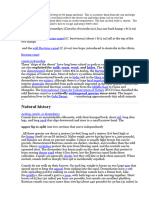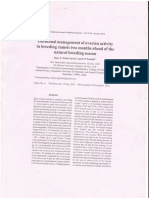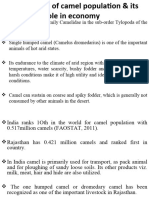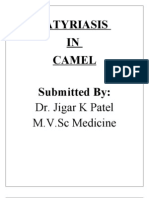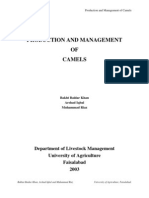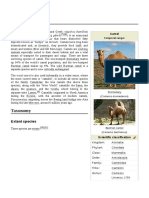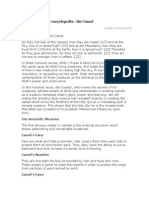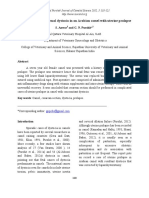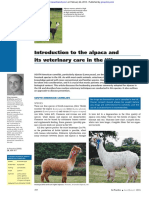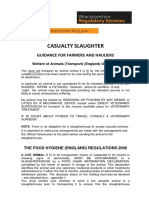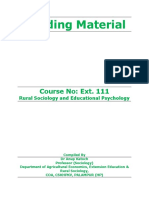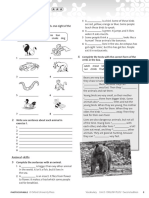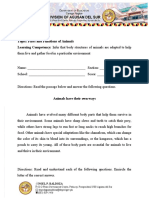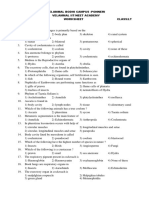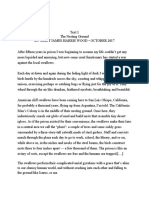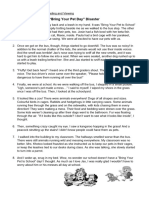0% found this document useful (0 votes)
205 views3 pagesReproduction in Camel
1. Camels are seasonal breeders, with males (rutting) and females (estrus) coming into heat from November to March. Gestation lasts 390 days.
2. During rutting/estrus, males emit a black pigment and inflate their soft palate, while females show swollen vulvas and discharge. Mating lasts around 20 minutes.
3. Pregnancy diagnosis can be made by physical changes like cocked tails and increased urine pH. Gestation requires balanced nutrition and rest to avoid abortion.
4. Parturition typically occurs in a sitting position after 5-10 hours of labor, with the newborn standing within 6-8 hours of birth.
Uploaded by
Mohmmad IbrahimCopyright
© © All Rights Reserved
We take content rights seriously. If you suspect this is your content, claim it here.
Available Formats
Download as PDF, TXT or read online on Scribd
0% found this document useful (0 votes)
205 views3 pagesReproduction in Camel
1. Camels are seasonal breeders, with males (rutting) and females (estrus) coming into heat from November to March. Gestation lasts 390 days.
2. During rutting/estrus, males emit a black pigment and inflate their soft palate, while females show swollen vulvas and discharge. Mating lasts around 20 minutes.
3. Pregnancy diagnosis can be made by physical changes like cocked tails and increased urine pH. Gestation requires balanced nutrition and rest to avoid abortion.
4. Parturition typically occurs in a sitting position after 5-10 hours of labor, with the newborn standing within 6-8 hours of birth.
Uploaded by
Mohmmad IbrahimCopyright
© © All Rights Reserved
We take content rights seriously. If you suspect this is your content, claim it here.
Available Formats
Download as PDF, TXT or read online on Scribd
/ 3




















